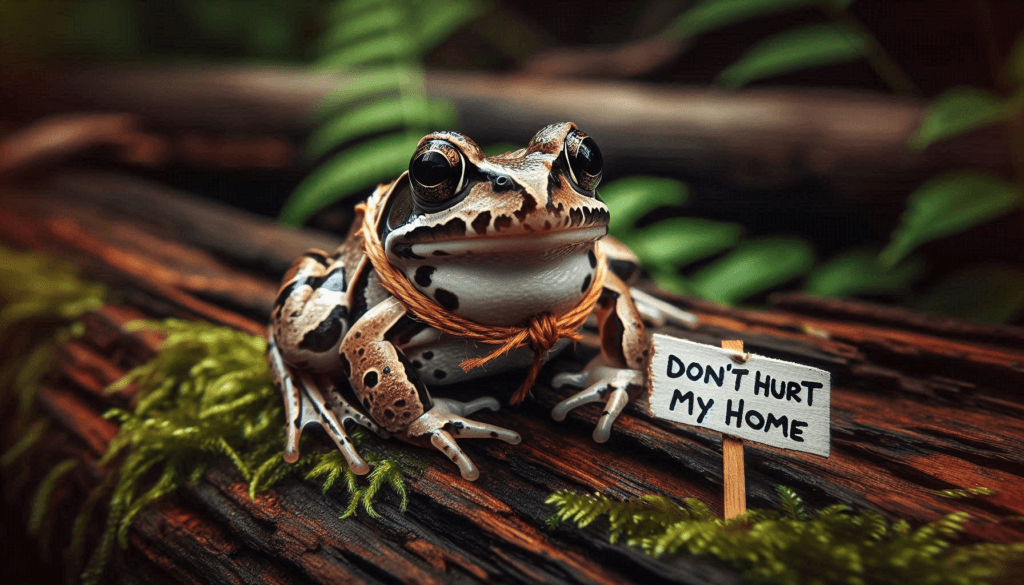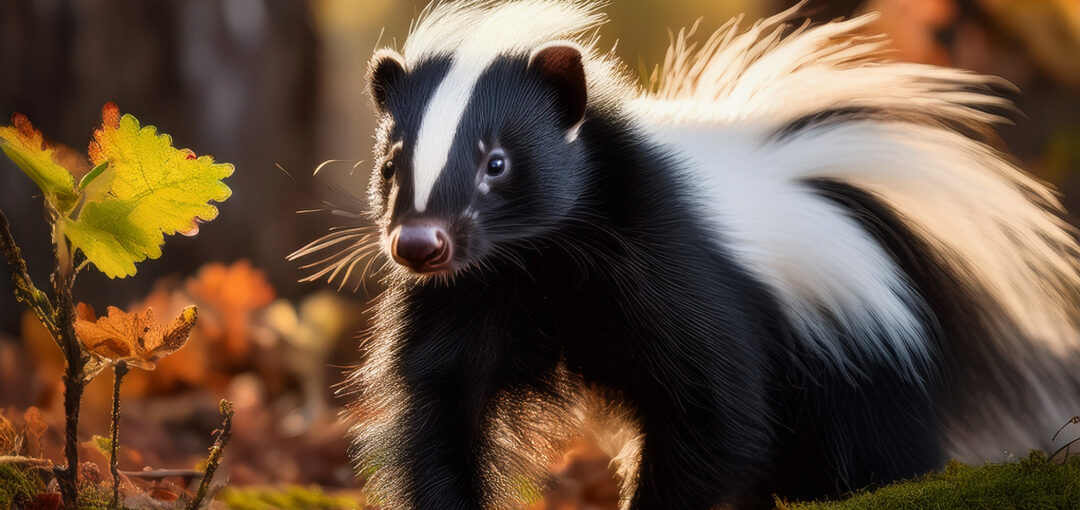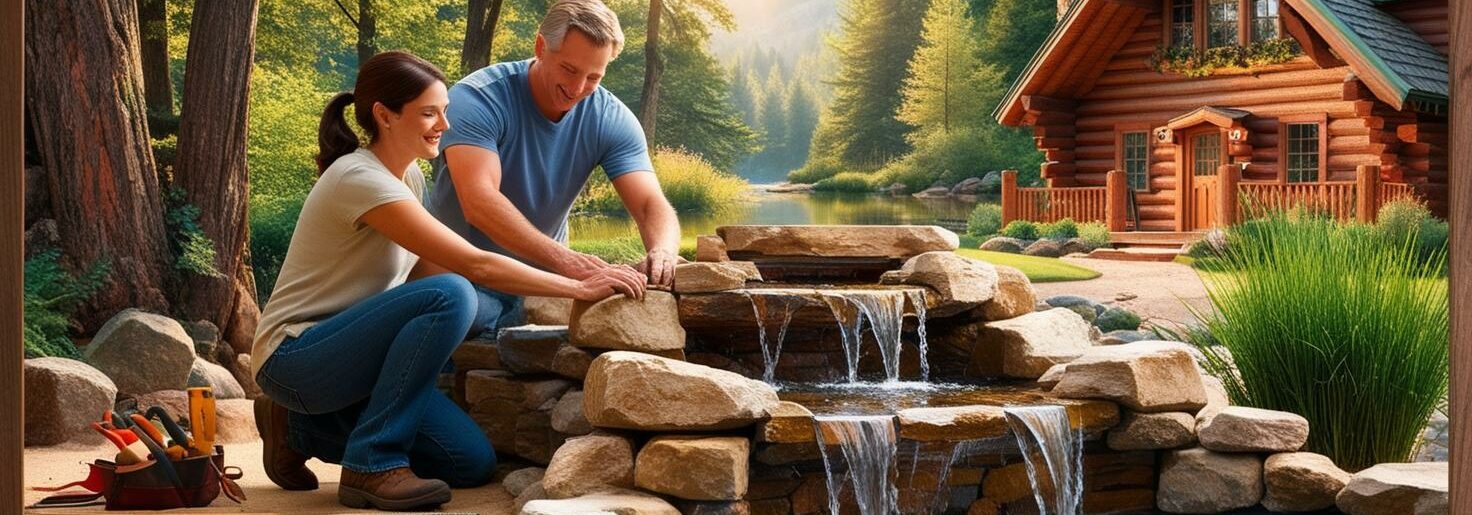Northern Wood Frogs are fascinating creatures that bring an intriguing glimpse into nature. Found in parts of North America, especially in colder regions, these frogs have some unique characteristics and adaptations that make them stand out.
These frogs usually hang out in forests, wetlands, and sometimes even in meadows in northern regions, mainly in Canada and parts of the United States. This wide range makes them pretty adaptable and resilient. You might spot them near ponds and streams during the breeding season.
Physically, Northern Wood Frogs are a bit small, usually about 1-3 inches in length. They have a unique brown or tan color with a distinctive dark mask across their eyes, almost like they’re wearing a superhero mask. This feature, along with their ability to blend into the forest floor, makes them quite the masters of disguise.
One of the coolest things about them is their ability to survive freezing temperatures. During winter, Northern Wood Frogs can actually freeze nearly solid, with their hearts stopping and their bodies turning into little frog ice cubes. Come spring, they thaw out and hop around like nothing happened. How cool is that?
The Life Cycle and Behavior of the Northern Wood Frog
The breeding habits of the Northern Wood Frog are quite a spectacle. When spring arrives, they gather in vernal pools and ponds for a massive mating event. Males call out to females with a distinctive quacking sound, almost like a duck, to attract mates.
Once mating is successful, females lay their eggs in large clusters, attaching them to underwater vegetation. These eggs then hatch into tadpoles, which spend the next few weeks feeding and growing in the water before transforming into juvenile frogs.

One of the most remarkable aspects of their life is how they handle winter. Northern Wood Frogs have developed an incredible survival mechanism. As temperatures start to drop, these frogs find a sheltered spot and begin to freeze. They produce a special substance that prevents their cells from being damaged by ice. This allows them to survive until the warmer temperatures of spring.
Behaviorally, these frogs are pretty elusive. They prefer to stay hidden amongst leaves and other forest floor debris. When they do move, they tend to hop quickly to avoid predators. Their ability to remain almost motionless and blend in with their surroundings is a key survival trait.
Ecological Importance and Conservation
Northern Wood Frogs play an important role in their ecosystems. As both predator and prey, they help maintain the balance. They feed on insects, spiders, and other small invertebrates, helping to control those populations. In turn, they provide a food source for birds, fish, and larger mammals.
These frogs contribute to biodiversity in their habitats. Their presence indicates a healthy, functioning ecosystem. If Northern Wood Frogs start to disappear, it’s often a red flag that something is wrong in the environment.

Unfortunately, like many amphibians, they face several threats. Habitat destruction, pollution, and climate change are significant issues that affect their populations. For example, when forests are cleared or wetlands are drained, these frogs lose their homes and breeding sites. Pollution in waterways can harm both tadpoles and adult frogs, disrupting their development and reproductive success.
There are efforts to conserve Northern Wood Frogs and their habitats. Conservation programs focus on protecting and restoring wetlands, monitoring frog populations, and supporting research projects that aim to understand more about their needs and threats. By preserving their environment, we not only help the frogs but also the countless other species that share their habitat.
Human Interaction and Scientific Research
Northern Wood Frogs share their habitats with humans, and our activities can impact them. Urban development and land use changes often encroach on their living spaces. However, people can help by supporting habitat preservation efforts and being mindful of local wildlife.
In the scientific world, Northern Wood Frogs have garnered a lot of interest — especially because of their unique freeze-tolerance. Researchers study these frogs to gain insights into cryobiology, which has potential applications in medicine and conservation. Imagine the possibilities for organ preservation and transplant procedures!
These frogs also hold a place in cultural significance. Some indigenous cultures have folklore and stories featuring them, highlighting their presence as part of the natural tapestry.
Looking towards the future, there’s still much to learn about Northern Wood Frogs. Continued research can help us understand the impacts of climate change on their survival and uncover new aspects of their biology. Supporting science is key to ensuring a better future for these incredible amphibians.
This is short video from National Geographic about this amazing creature






This post does a fantastic job showcasing the unique traits of the Northern Wood Frog, especially their incredible ability to survive freezing temperatures—it’s like something out of science fiction! I loved the detailed breakdown of their life cycle and ecological importance, which really highlights how vital they are to their environment. The connection between their survival and healthy ecosystems is such an important reminder of why conservation matters. It’s also fascinating to learn about their potential role in scientific research, with applications that could extend far beyond their natural habitat. Thank you for shedding light on these remarkable little amphibians!
-Maksim V 🙂
Hi Maksim,
Yes this is crazy isn’t it. I happened to find this article awhile back and I was completely surprised by this amazing frog.
Thank you for saying hello,
Mike Powers
Cabin Living Today.com